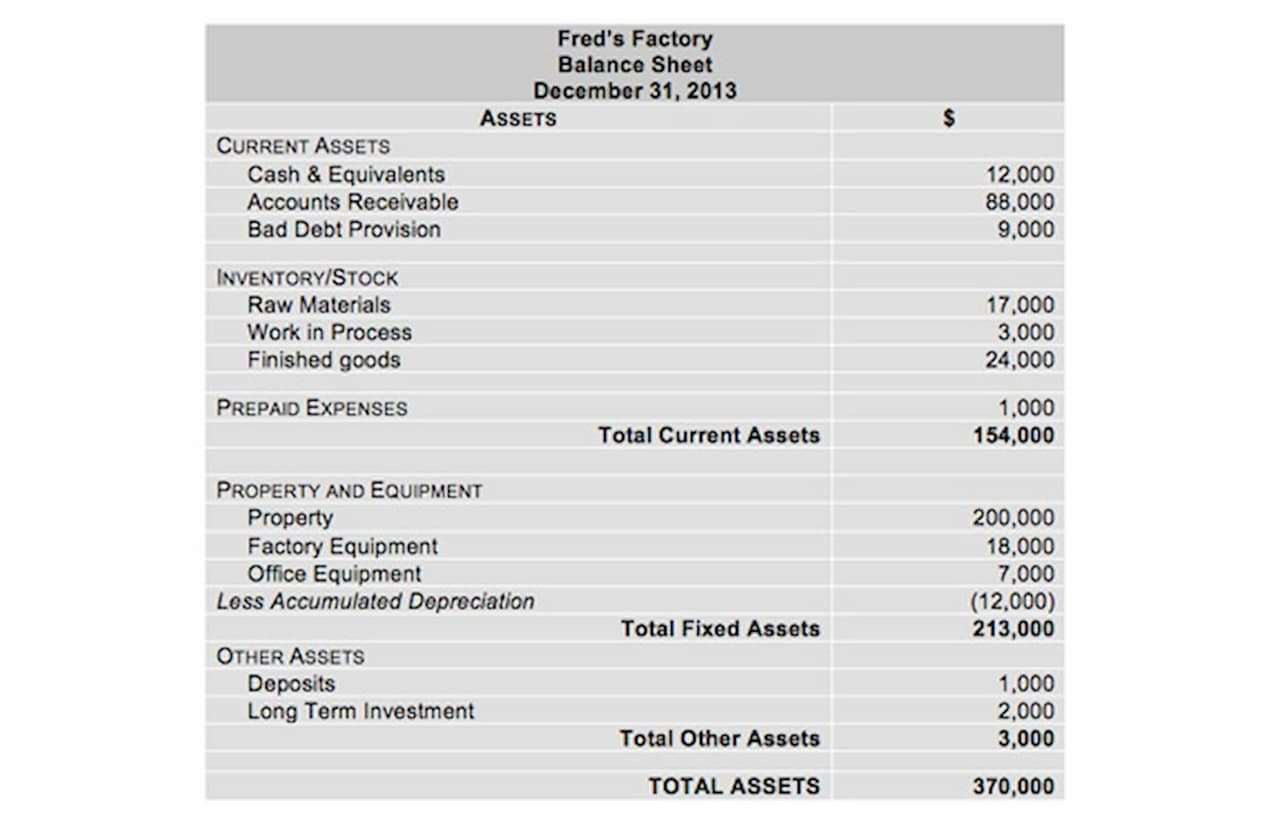
Classical economists believe that economic growth should take a natural course without government intervention while the Keynesians believe in government expenditures to stimulate economic growth. From the point of view of those who benefit from progressive taxes, their purchasing power becomes stronger. Also, the demand for certain commodities that are either subsidized or are part of the basic commodities increases. These two factors can promote growth and development in areas that may have otherwise been difficult to stimulate. If shoppers pay a 6% sales tax on their groceries, whether they earn $30,000 or $130,000 annually, those with lesser incomes pay a greater portion of total income than those who earn more. If someone makes $20,000 a year and pays $1,000 in sales taxes on consumer goods, 5% of their annual income goes to sales tax.

Testimony: The Costs and Complexity of the Federal Tax Code Demand Reform
People who make less than $9,950 pay 10% in taxes, while people who make more pay a higher rate of tax (up to 37%). With a progressive tax, the person with the lower income would pay a lower tax rate than the person with higher income. An example would be if one person earns $12,000 in a year, and another person earns $120,000. The lower-income person might pay 10%, or $1,200, in taxes, leaving them with $10,800 to cover all of their needs.
Development of Progressive Tax Systems in Different Countries
The corporate income tax is progressive because most of its burden falls on income from dividends, capital gains, and other forms of capital income disproportionately received by high-income households. The above article is intended to provide generalized financial information designed to educate a broad segment of the public; it does not give personalized tax, investment, legal, or other business and professional advice. A progressive tax is when the tax rate you pay increases as your income rises. Sales taxes, Social Security payroll taxes, property taxes and sin taxes are all forms of regressive taxes. Tax brackets are set by Congress and enforced by the Internal Revenue Service (IRS). Changes are typically made based on legislation like the Tax Cuts and Jobs Act (TCJA) of 2017.
Disincentivizes High-Income Earners

The share of taxes increased less for this group because high-income tax rates fell by more than the tax rates for everyone else—reductions that made the system less progressive. The U.S. has a progressive income tax system that taxes higher-income individuals what is the defining feature of a progressive tax? more heavily than lower-income individuals. Though the top 1 percent of taxpayers earn 19.7 percent of total adjusted gross income, they pay 37.3 percent of all income taxes. Just 3 percent of taxes are paid by the lowest half of income earners.

- Such a plan would add $291 billion to federal revenues between 2019 and 2028.
- Some credits are even only available to those living below a certain income level.
- Ask a question about your financial situation providing as much detail as possible.
- New Jersey doesn’t differentiate between short-term or long term capital gains.
- While there are a few ways to calculate effective tax rate, the simplest way is to divide you total tax by your taxable income.
However, this group of taxpayers paid just 3 percent of all income taxes in 2016. Inflation is a state where the price levels of goods and services keep on increasing without a corresponding positive change in standards of living. It reduces the purchasing power of money and also the value of investments. Thus, during inflation, those affected by progressive tax rates pay higher than the proper value initially set for them.
Sales Tax and Sales Tax Rates
Social Security and Medicare taxes, collectively referred to as FICA taxes, are a separate calculation. Employers withhold these taxes from your paycheck at a flat rate of 6.2% on up to $137,700 of earned income and 1.45% on all earned income, respectively, and pay the same share themselves for each worker. Self-employed people pay both the employer’s and employee’s portions. Put another way, your marginal tax bracket — or the highest tax rate you fall into — applies only to the amount of your taxable income above the minimum threshold. For income below that limit, you pay the same amount of federal income taxes as everyone else, even if they earn less overall. Strictly speaking, the federal government taxes individual income progressively.
Are federal taxes progressive?
Take self-paced courses to master the fundamentals of finance and connect with like-minded individuals. Our mission is to empower readers with the most factual and reliable financial information possible to help them make informed decisions for their individual needs. Our writing and editorial staff are a team of experts holding advanced financial designations and have written for most major financial media publications. Our work has been directly cited by organizations including Entrepreneur, Business Insider, Investopedia, Forbes, CNBC, and many others. This team of experts helps Finance Strategists maintain the highest level of accuracy and professionalism possible.
- For instance, should the IRS still offer tax credits under a flat tax regime, individuals will naturally fall into a progressive system as some will get credits while others won’t.
- This leaves more money in the pockets of low-wage earners who are likely to spend more of it on essential goods and services and stimulate the economy in the process.
- Its schedule of marginal tax rates imposes a higher income tax rate on people with higher incomes and a lower income tax rate on people with lower incomes.
- For example, sales taxes are an example of regressive tax because the same amount of tax is paid by everyone, regardless of their income.
- Progressive tax works by dividing income into different brackets and assigning a tax rate to each bracket.
- Wealthier individuals find ways to avoid paying more than the government intended, which can lead to less money going toward projects to improve the country.